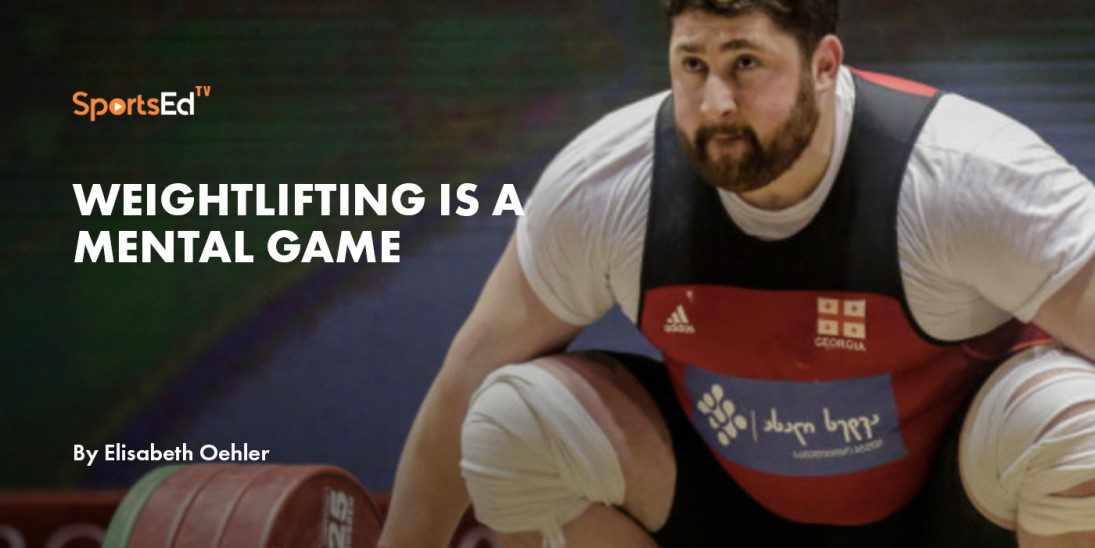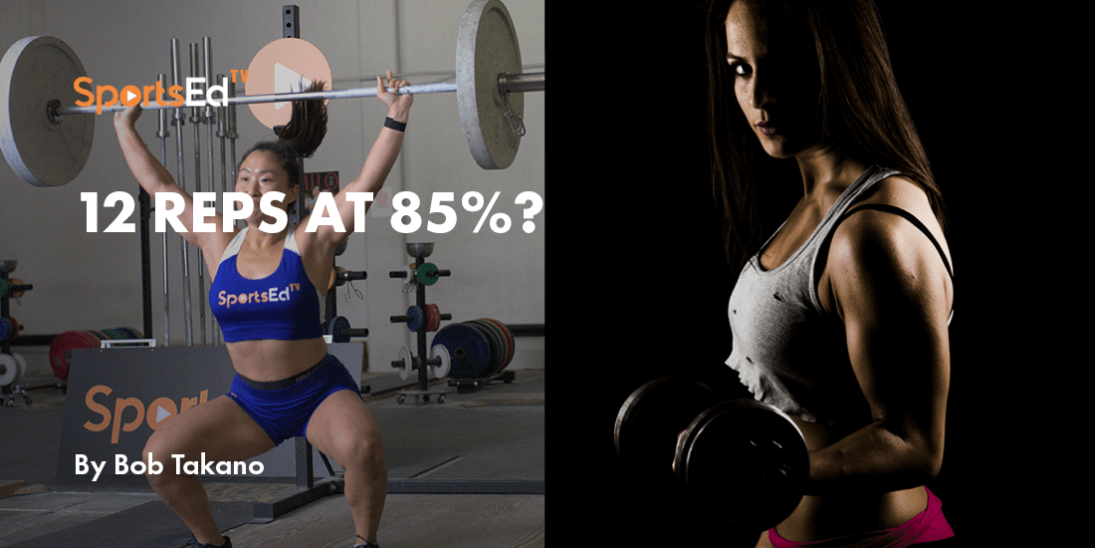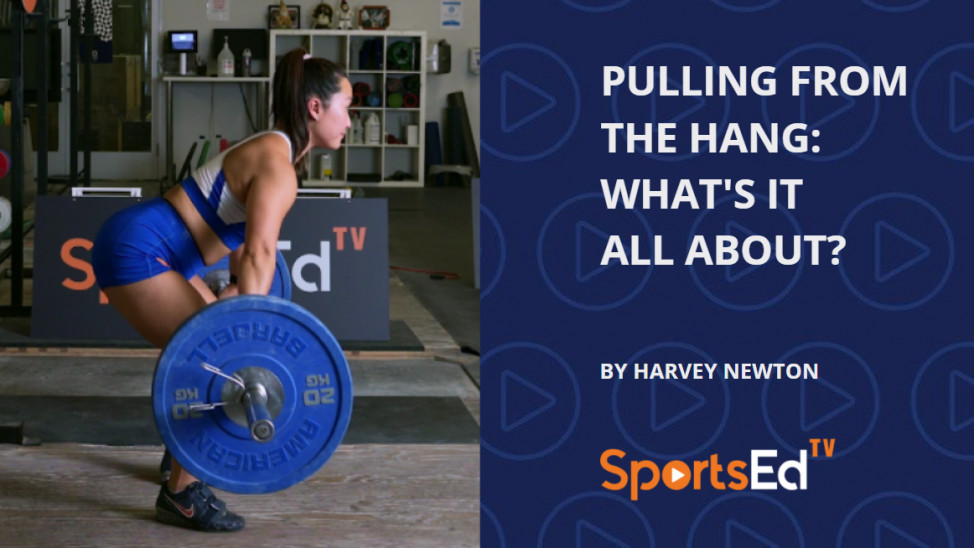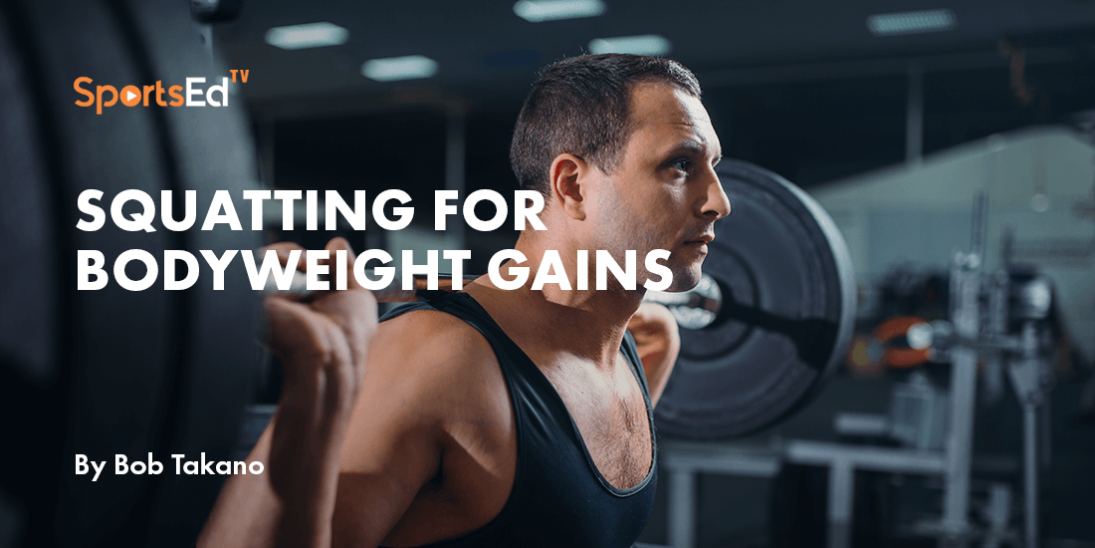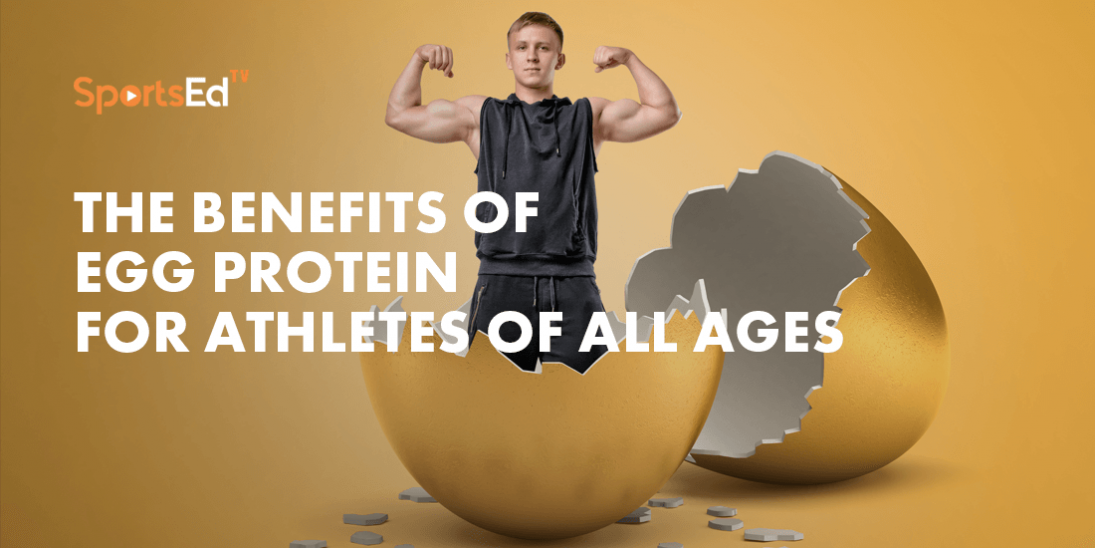Weightlifting
Welcome and thanks for visiting...

The Key to Weightlifting Success: Start Them Young! But, how?
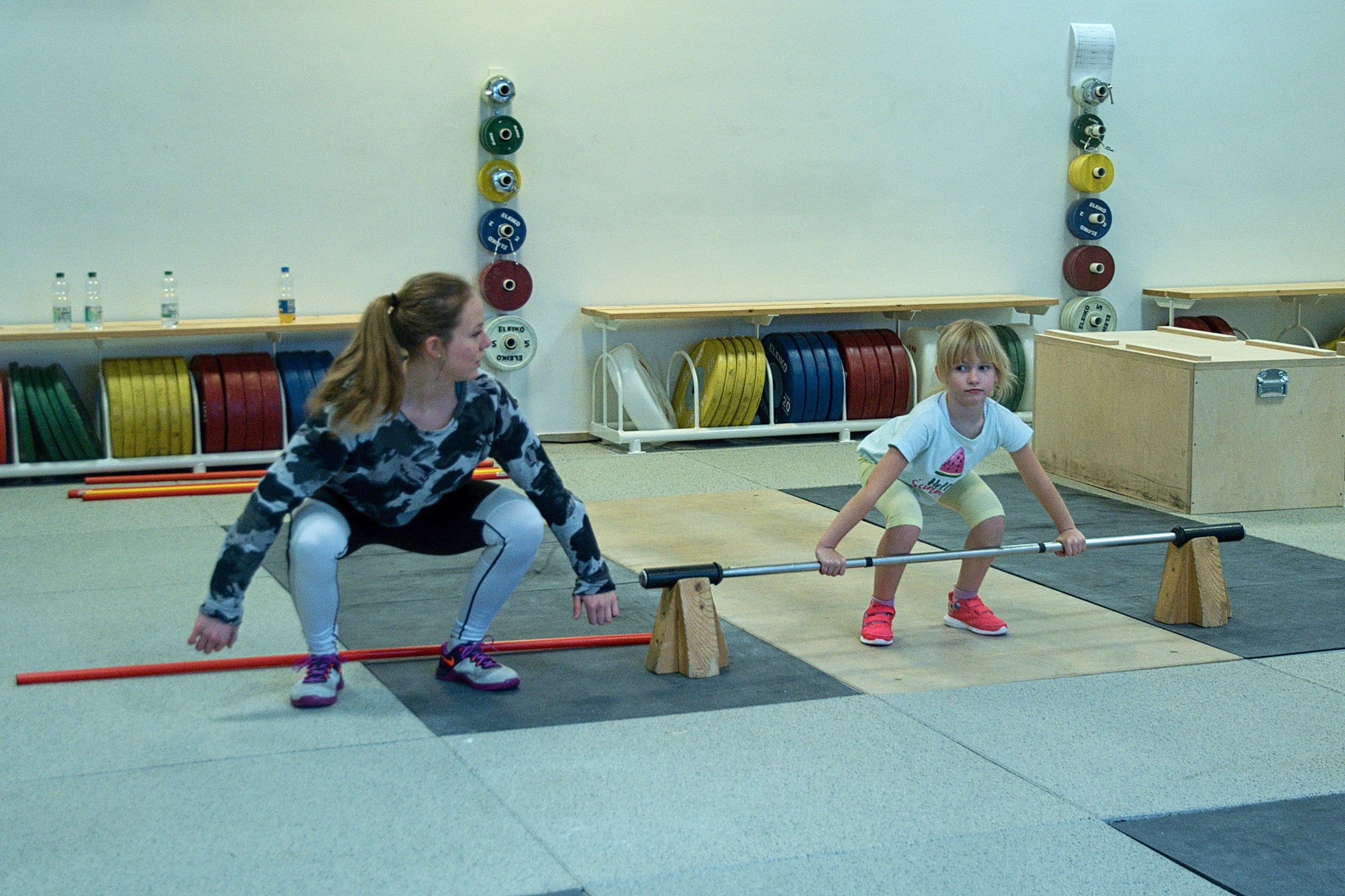
Recently I was challenged about a social media video showing a 12-year old athlete performing a snatch with a 7kg technique bar and two 2.5kg plastic plates. A lot of people, unfortunately especially physiotherapists, accused me of taking away the kid´s childhood, destroying joints and ligaments, and being responsible for later postural defects. They said that in this age group participants should only perform bodyweight exercises, and that Olympic-style lifts are only allowed after puberty.
Initially, I was shocked. I thought youth strength training should no longer be controversial. There are numerous studies proving that appropriate training has a positive effect on growing youngsters. Later I was angry: How can there still be so many misconceptions and prejudices about youth weightlifting?
The experience led me to focus a blog on the best way to create a holistic approach for introducing youngsters to the Olympic sport of weightlifting.
Acquiring a New Skill
In my opinion, teaching weightlifting for kids and teens is not even real strength training, it´s basically just learning a skill, so I call it skill training. Let me explain why.
When coaching kids and adolescents it´s always important to know their phase of life and what they are going through, both physically and mentally. The ages from 10 to 16 are characterized by an enormous change of the body due to the growth and maturation phases.
For the determination of the actual developmental stage of a child or adolescent the chronological age is less applicable. Rather, the biological age should be used. Here are indicators of the pubertal growth spurt, along with bone or tooth age. Anthropometric data correlate more strongly with the biological age than with the chronological age, which has significant effects on the individual development of motor skills. The prepubertal phase is on average at the age of nine to 10 years in girls, with 10-12 years in boys. This phase leads to a short-term slowdown of growth and unbalanced body proportions.
There has always been a dispute in the literature about the existence of sensitive phases in the training of motor skills in childhood and adolescence. Often the training of coordination skills is recommended in the age range 10-13 years, as this phase is considered the best motor learning age. Empirically, however, there is no clear confirmation of this. The learning progress is comparable in the individual phases of life and depends primarily on previous motor experience, rather than age.
On average, puberty begins at the age of 11 for girls and 13 for boys. The beginning of puberty may include a significant growth in height. This often leads to an imbalance between limb and spinal column length, as well as the strength capacity. The development of the bone and muscle apparatus, along with connective tissue, is not proportional to the growth rate. Coordination challenges and performance loss may result from ongoing changes to the body’s system of levers and an insufficiently developed muscular support system.
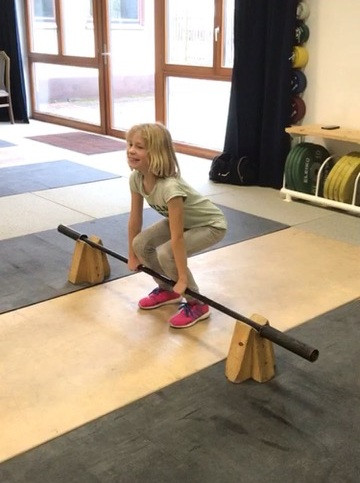
The pubertal growth spurt is accompanied by hormonal upheaval, which must be recognized as a risk factor for the resilience of young athletes. The onset of puberty is accompanied by hormonal changes that not only manifest themselves physically, but also have psychological effects. This phase of life holds developmental tasks that can also be influenced by the sporting environment. From a psychological point of view, the development of motivation and intrapersonal emotions takes place in mid- to late childhood.
The motivation to perform and, above all, the reference norm orientation becomes stronger at this stage of development. Children compare their performance with each other, emotions such as pride, doubt, or shame occur even in the absence of other people. They become aware that their inner emotional state does not have to correspond with their outer expression. Through the comparison of one's own performance with that of other children, as well as the increased processing of external assessments of one's own competencies, the development of self-confidence and self-efficacy becomes more differentiated and realistic.
With the beginning of puberty, the ability to reflect, judge, and criticize oneself increases. The changes in external appearance can lead to complications in the development of a positive self-image at this age. Feelings of shame and discomfort in one's own body can have an effect on sports activities, so that sensitivity and a pedagogical training framework must be created that takes these factors into account.
It´s very important to consider the characteristics of the age group coaches work with when designing a youngster’s training program. The program should always cover the versatile development of motor skills, with the focus on enthusiasm for sports, games and movement, and the development of multi-faceted movement experiences.
If a coach wants to introduce “the lifts,” the primary focus should be on the acquisition of technique. With regard to the sport-technical abilities, an early specialization takes place, whereas the conditional abilities and requirements of weightlifting should only be developed sport-specifically later.
This is the only time readers will ever hear me mention “early specialization“ and it should only be used in this context. For young athletes, the sport-specific training of weightlifting exercises should be limited to the technical acquisition of the competition exercises snatch and C&J. This means that only the technical sequences of the squat snatch, squat clean, and split jerk are trained, without significant loads.
Technique is first learned with a dowel or PVC. As technical skills are acquired, a youth barbell (maximum 7 - 10kg) and light technique discs for the correct height of the starting position can be introduced. The entry into the technique training is playful and without any requirements for intensity or volume.
The proportion of technique training should not exceed 20% of a training session. Flexibility and adaptability for the young athlete is essential. Over the course of time, and with increasing confidence in the technical processes and as motivation, small load steps can take place, but this is not the goal of technique training and should only be done sporadically.
The movement sequences of the snatch and C&J must be learned in this age range in order to be able to withstand the loads of maximum and explosive strength training in the course of long-term athletic development.
The exercise catalog of youth barbell training should focus on the essential competition exercises and only a few assistance exercises, for example, front and back squats. The quality of movement is always the focus of every training session. In this age group, the methodological sequence and the learning steps are decisive for the technique training.
Kids Are Not Adults!
These steps are quite different from the learning steps in adult weightlifting training. Children and adolescents who have some kind of athletic talent generally have no mobility issues in the deep squat position. So, when learning the snatch, the first methodical steps are the overhead squat and the snatch 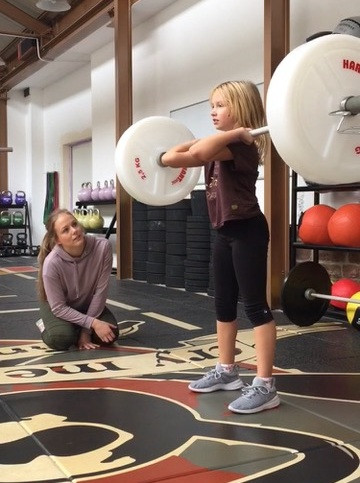 balance exercises. The following learning steps are the hang squat snatch and only then, the starting position, 1st and 2nd pulls. Finally, the steps are linked together, after which our new lifter quickly demonstrates proper snatch technique.
balance exercises. The following learning steps are the hang squat snatch and only then, the starting position, 1st and 2nd pulls. Finally, the steps are linked together, after which our new lifter quickly demonstrates proper snatch technique.
The structure of the learning steps in youth training is therefore the reverse of the methodic series in adult weightlifting training. Adults usually learn the starting position first, then the 1st and 2nd pull, the power snatch, and finally the squat snatch.
The technique training with kids and teens should always begin with the squat snatch, then the squat clean, and finally the split jerk. I do not recommend power snatch and power clean in technique training for kids and teens. The most important thing in technique training is to create enthusiasm for the barbell and the movements of weightlifting. For example, who´s the quickest under the bar? It is challenging to create fun games around the movements, but I can cover this in a future blog.
Other Training Requirements
Strength & conditioning for youth athletes should include the versatile development of motor skills, which in this age group should consist of multifaceted movement experiences and influences from various sports. For youth training this should make up about 80% of the training session, with all forms of play and versatility part of it.
In order to learn the techniques of weightlifting, exercises for the development and promotion of coordinative abilities such as the ability to balance and react, or even kinesthetic differentiation, are particularly important. The playful aspect of youth training becomes particularly clear when children do not move exclusively according to the coaches´ instructions but gather movement experiences themselves.
Variable movement learning should be preferred to blocked technique training in this age group. The training content should be varied and creative, including variability in the movement landscape and a multifaceted repertoire of methods in teaching and coaching.
The main focus should be on a fun application of strength and coordination. This can be achieved with crawling, acrobatics, obstacle courses, or even sports or games. Mobility and stability training should also include a variety of movement forms such as jumping, pushing, pulling, climbing, crawling.
A youth weightlifting program also offers numerous learning and performance opportunities to promote psychosocial resources. A kid’s weightlifting program is primarily aimed at improving the ability to perform in sports but can also help coping with everyday demands and stresses. Strength training for kids and teens can help to support mental and social resources like self-confidence and self-efficacy, concentration, and the regulation of emotions.
The End Result
Weightlifting is a sport for all shapes and sizes, providing young participants the opportunity to create a positive body image and accept diversity. This is particularly important when the body is changing due to puberty or other factors. When staging learning situations in training, the coach consciously designs situations in which the young athlete gains psychosocial experience and reflects on their own performance.
Depending on what a young athlete's main motivation for achievement is, hope for success or fear of failure, coaches can revise or promote the attribution of personal success and also counteract a possible fear of competitiveness or performance situations. That means being a youth coach is much more than just designing a training program, teaching a few skills, and doing technique training.
Weightlifting is a great sport for kids and teens. This blog provides a framework for creating a youth weightlifting program, so readers now know how to successfully “start them young!“

